Impact of BI/DA on Business Functions: A Comprehensive Analysis
VerifiedAdded on 2022/10/09
|13
|575
|23
Report
AI Summary
This report examines the significant influence of Business Intelligence (BI) and Data Analytics (DA) on core business functions, including human resources, finance, marketing, and production. The study explores how these technologies enhance operational efficiency, improve decision-making processes, and contribute to increased revenue and cost savings. The report emphasizes the importance of developing a clear vision, flexible structure, and a robust governance program. It also highlights the necessity of employee training and performance measurement. The analysis includes a critical review of the technologies, presenting alternative viewpoints. The report is well-structured, incorporating an introduction, pros and cons, body, discussion, implications, conclusion, recommendations, and a comprehensive list of references. This report is designed to provide a comprehensive overview of BI and DA's role in modern business operations, offering insights for strategic decision-making and organizational improvement.
1 out of 13
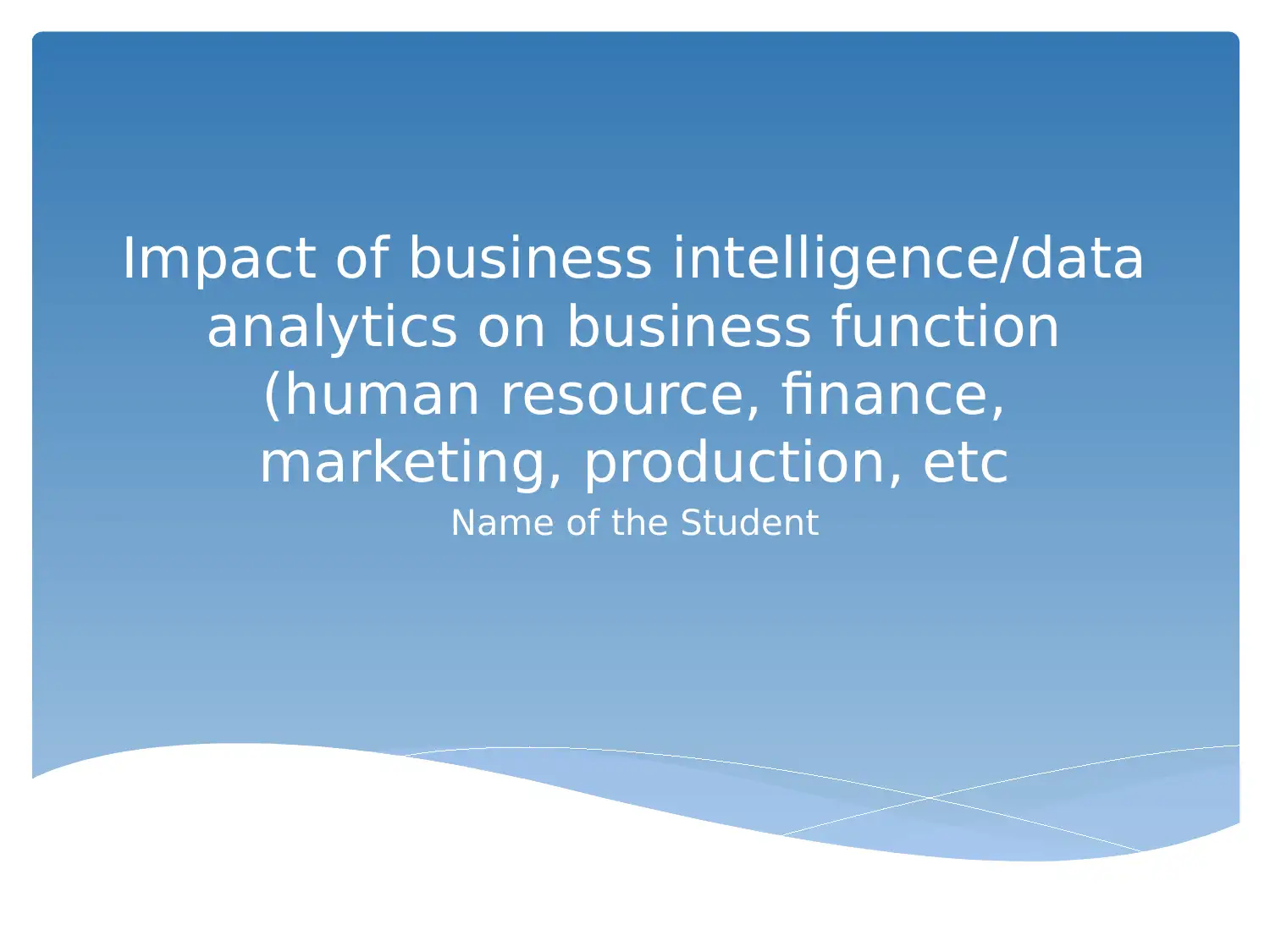
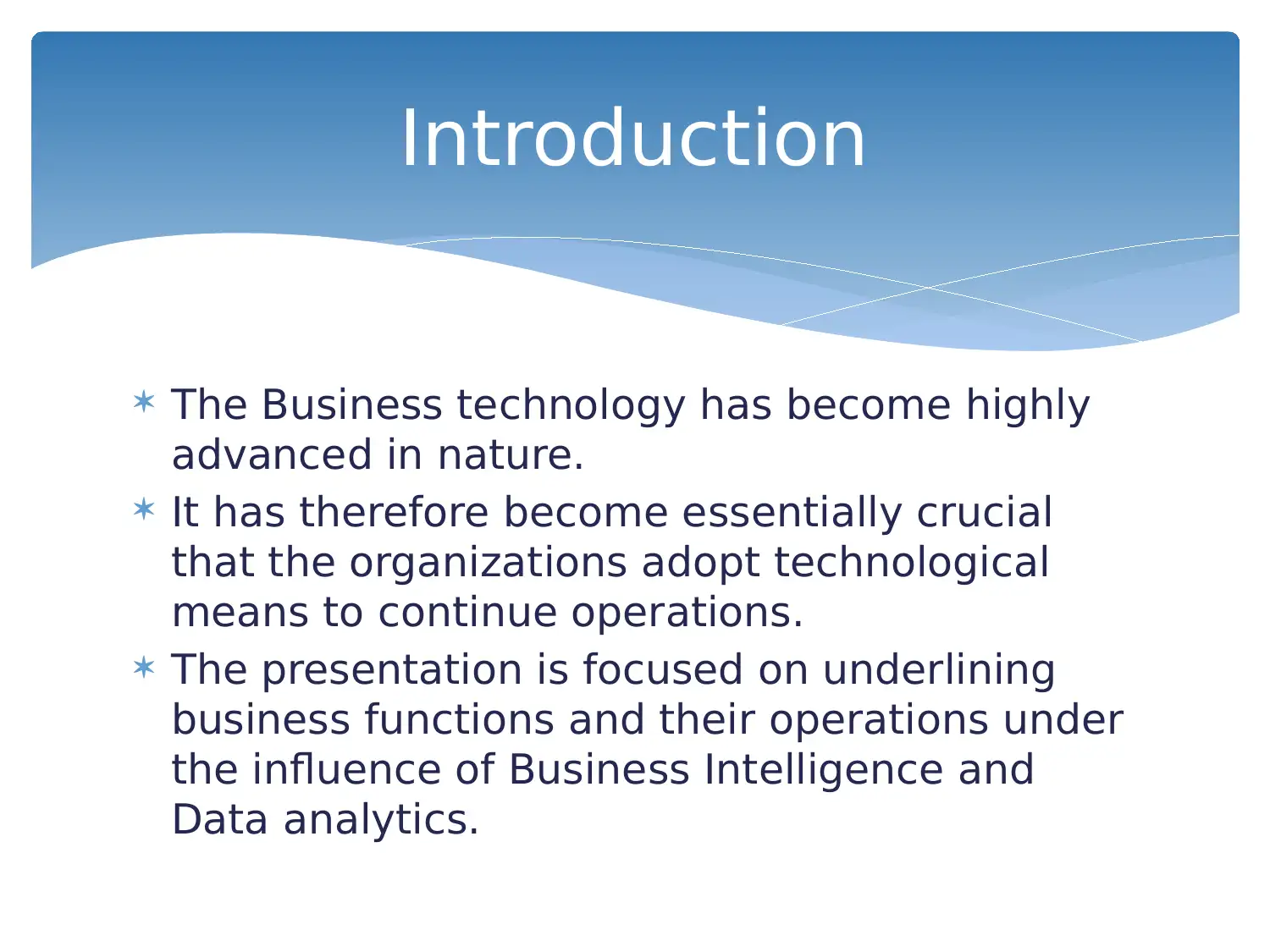
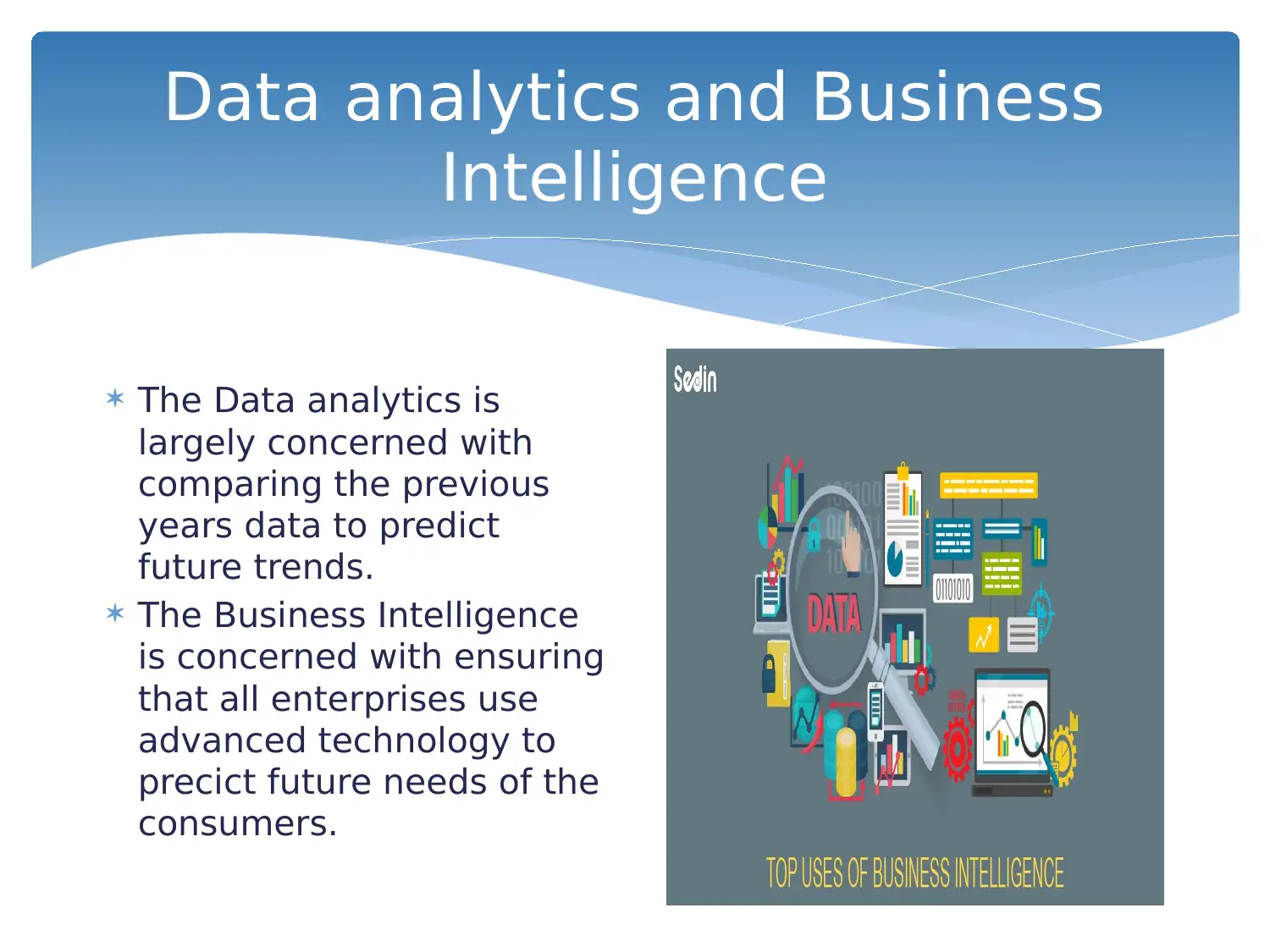

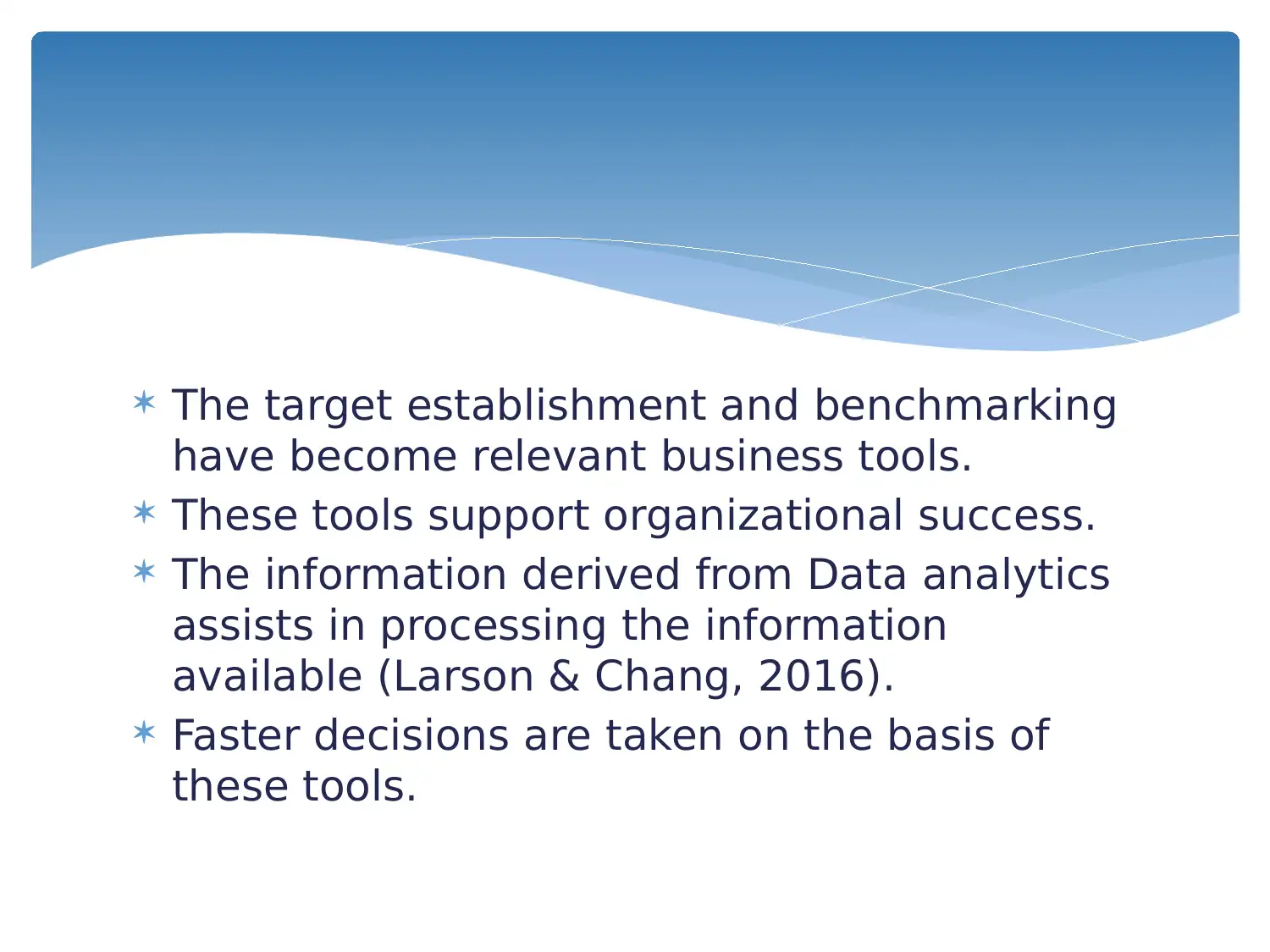
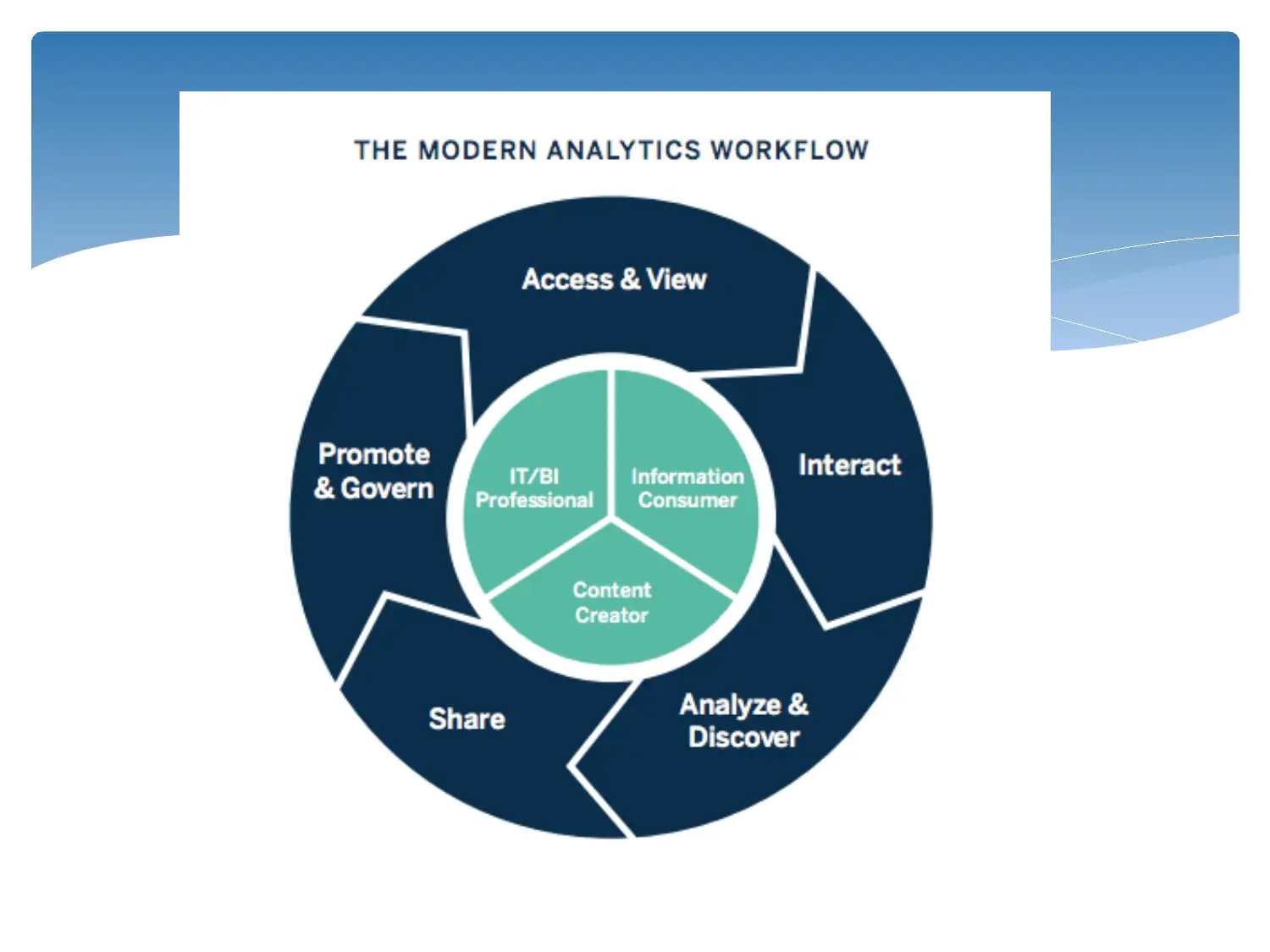
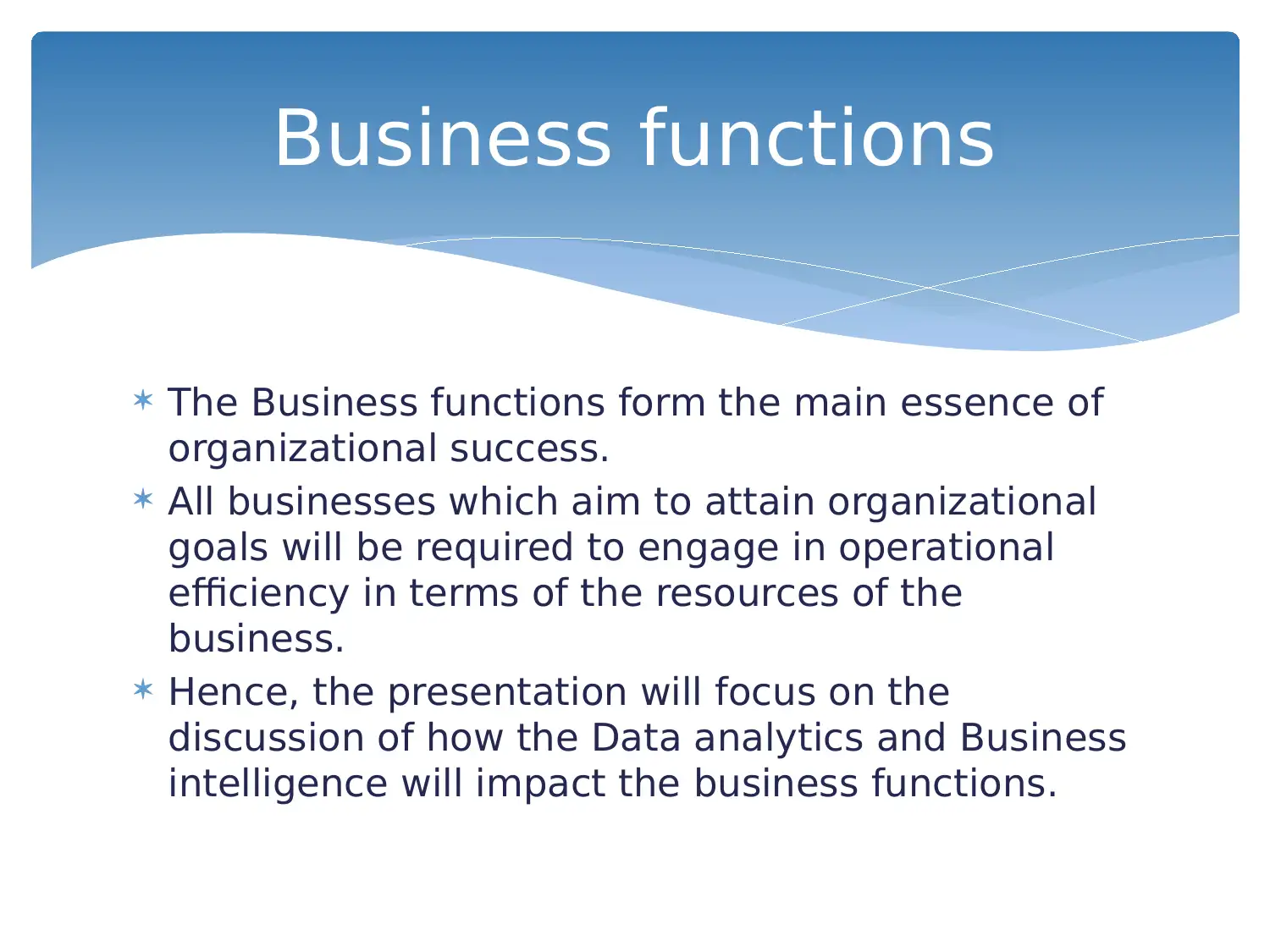
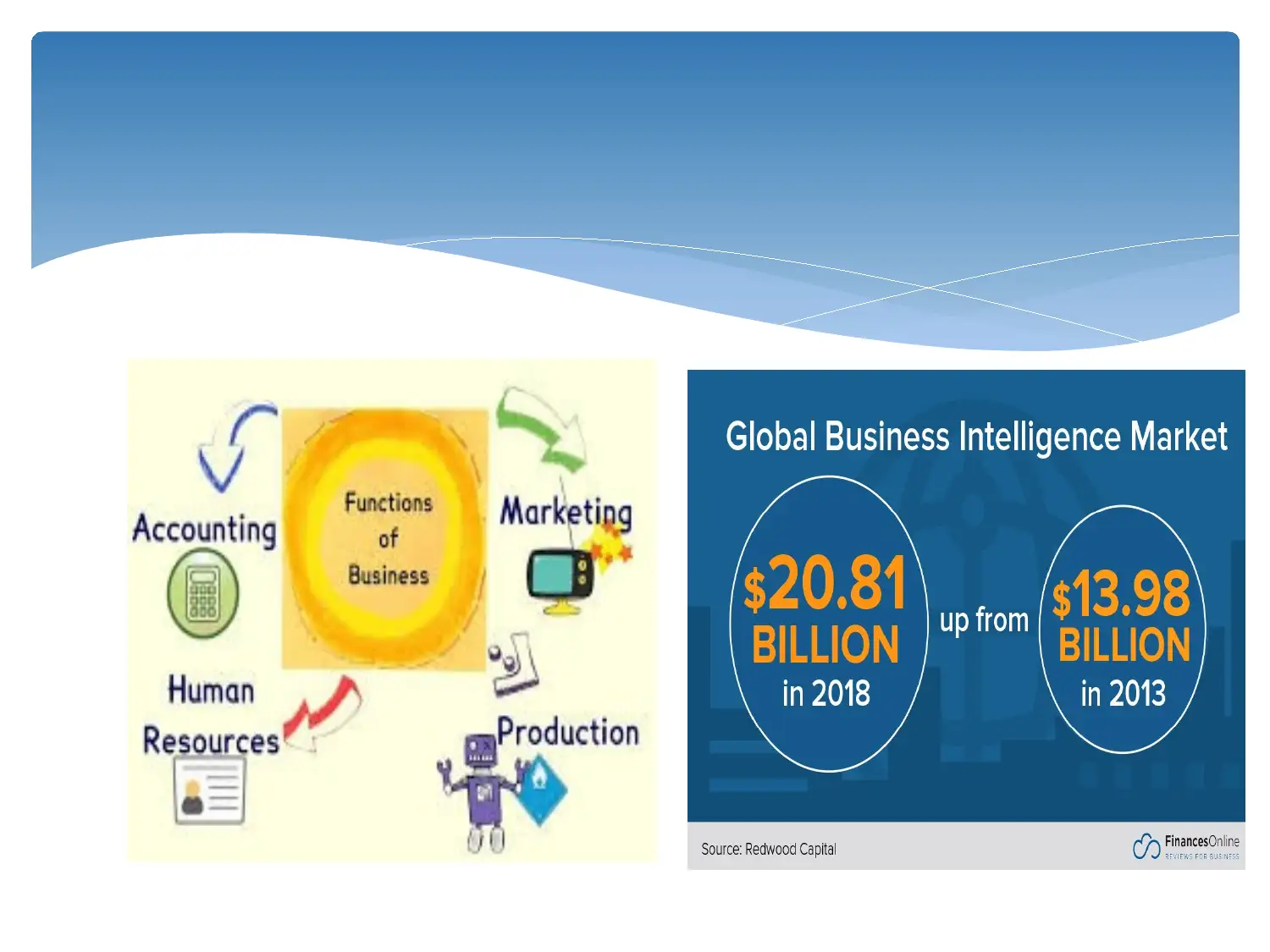
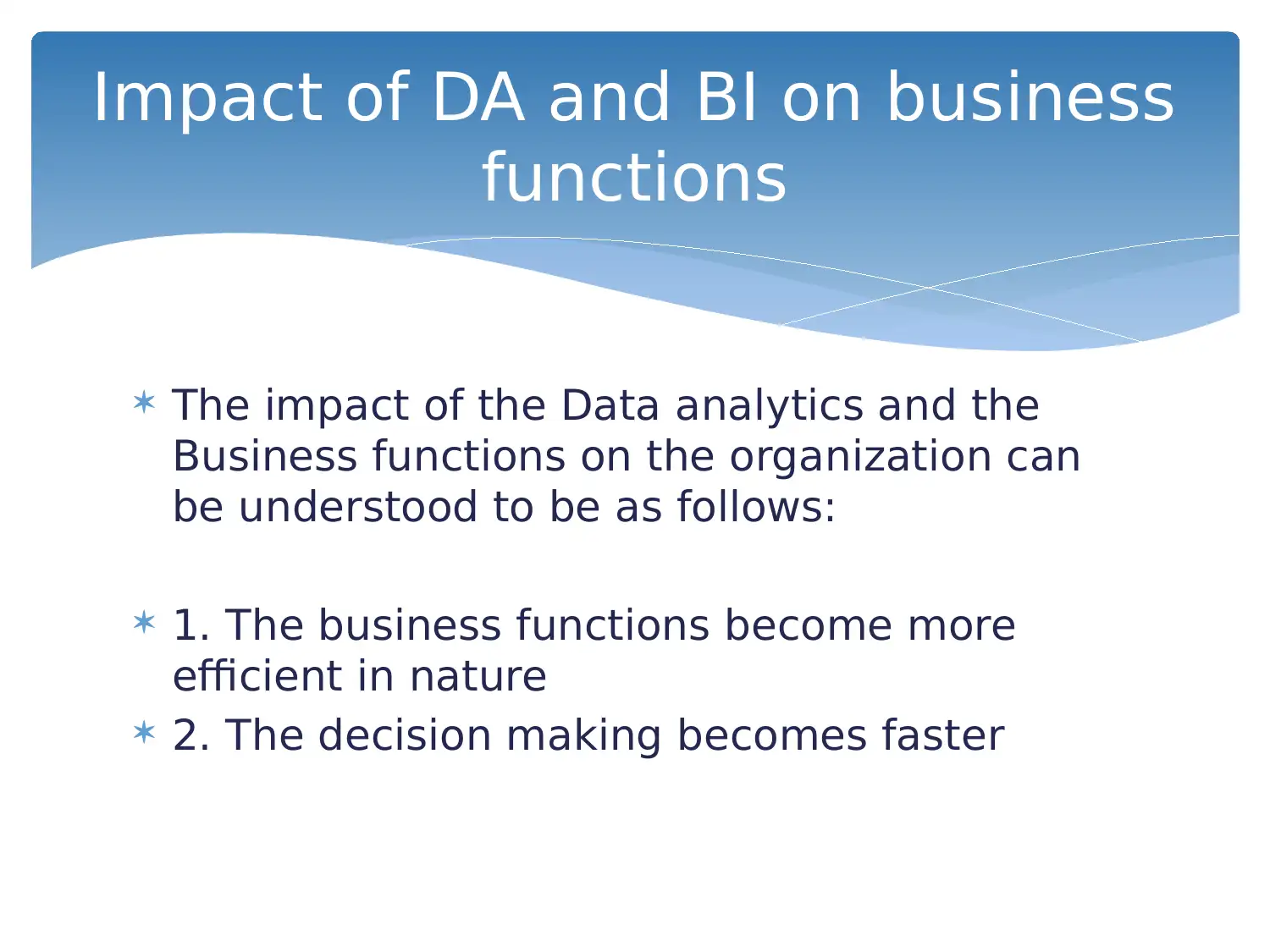
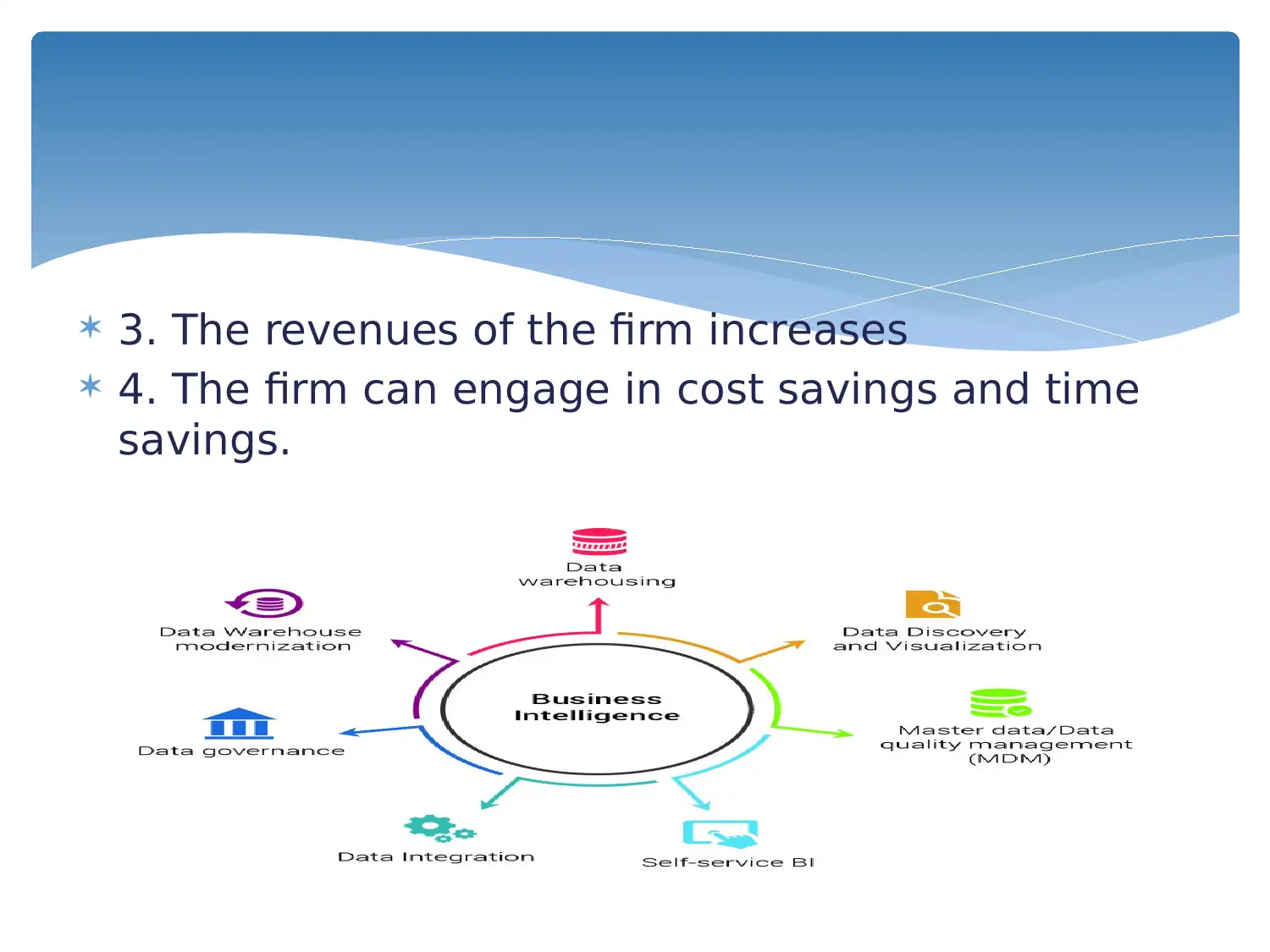
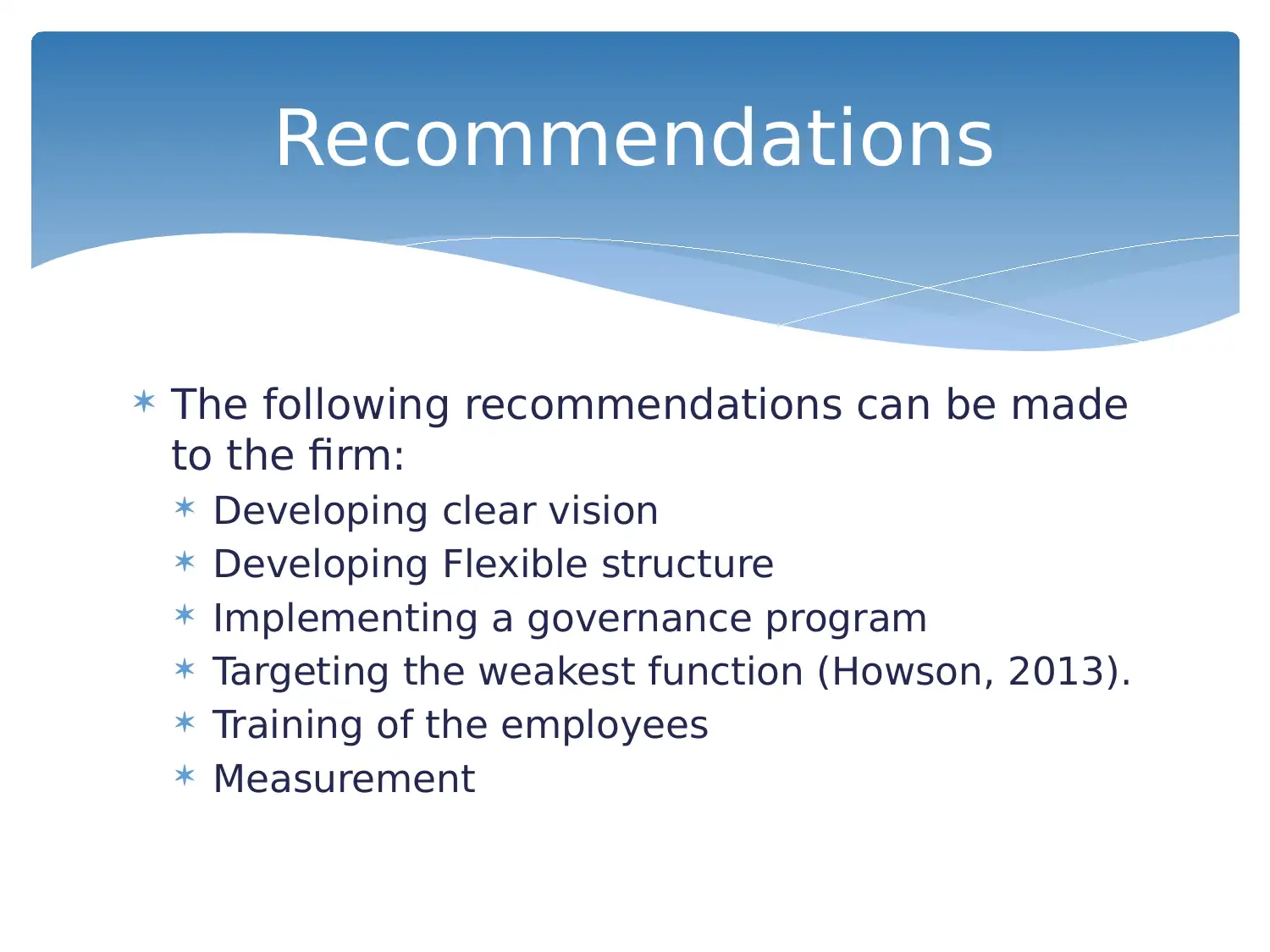
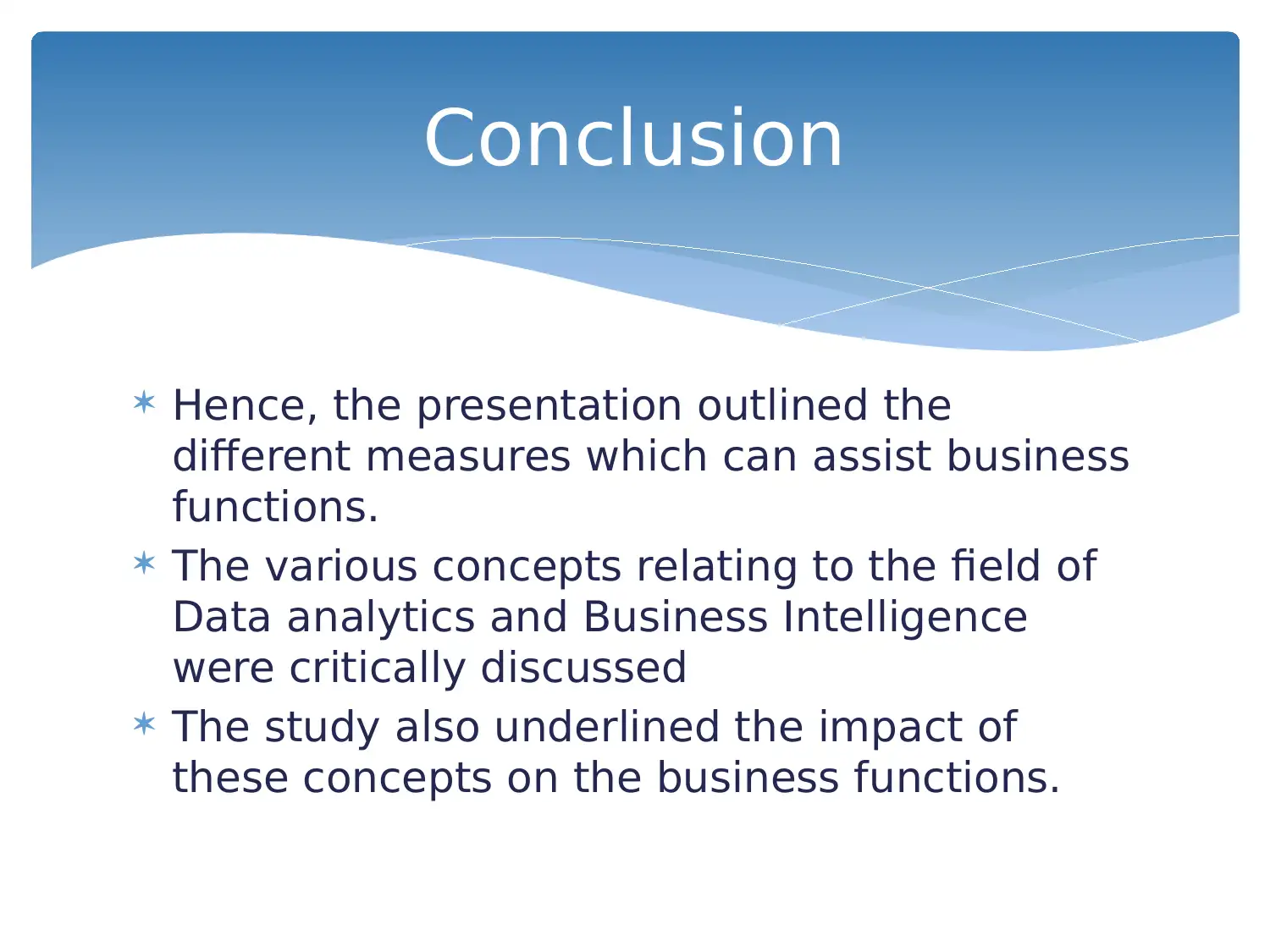
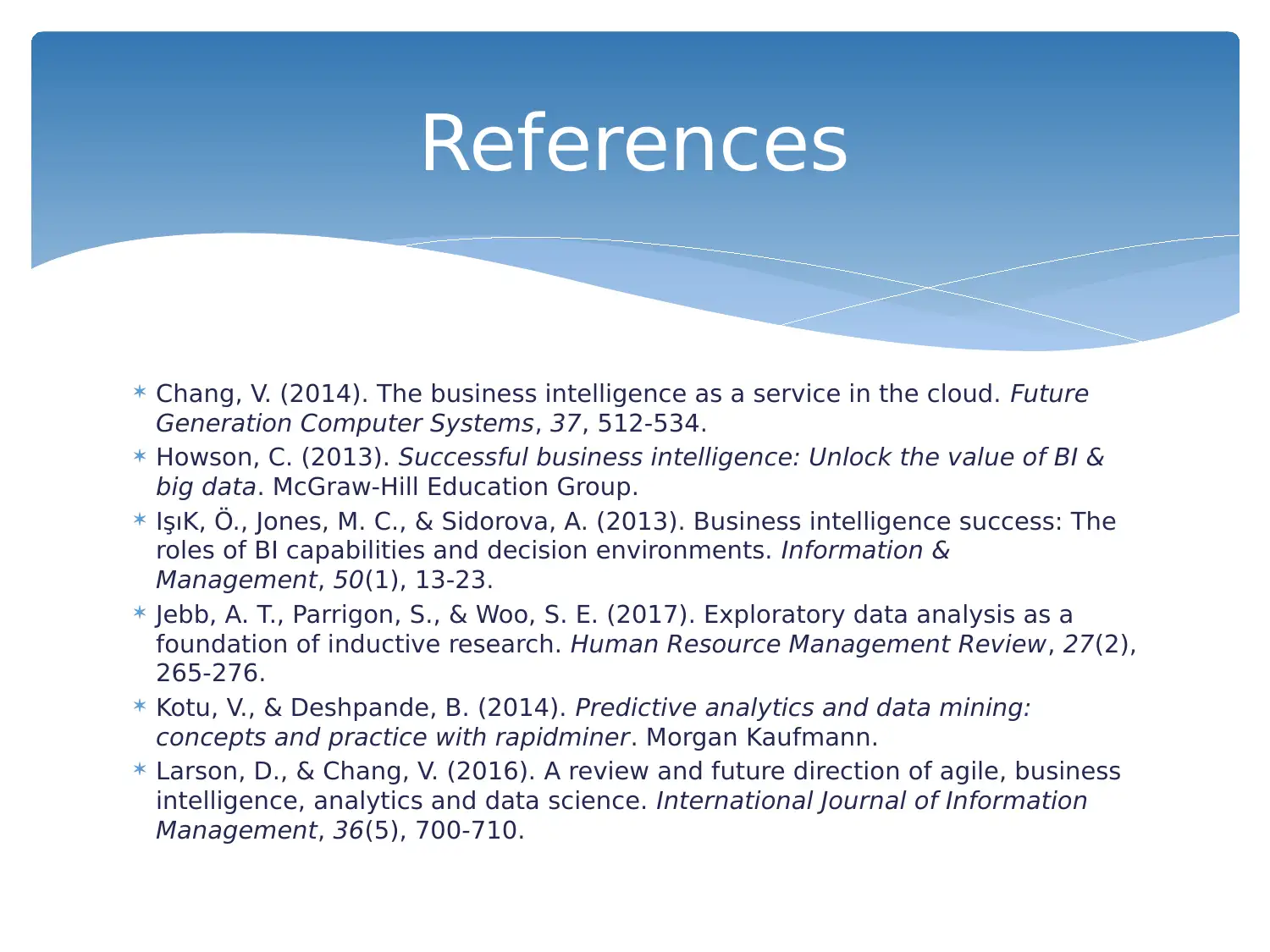






![[object Object]](/_next/static/media/star-bottom.7253800d.svg)